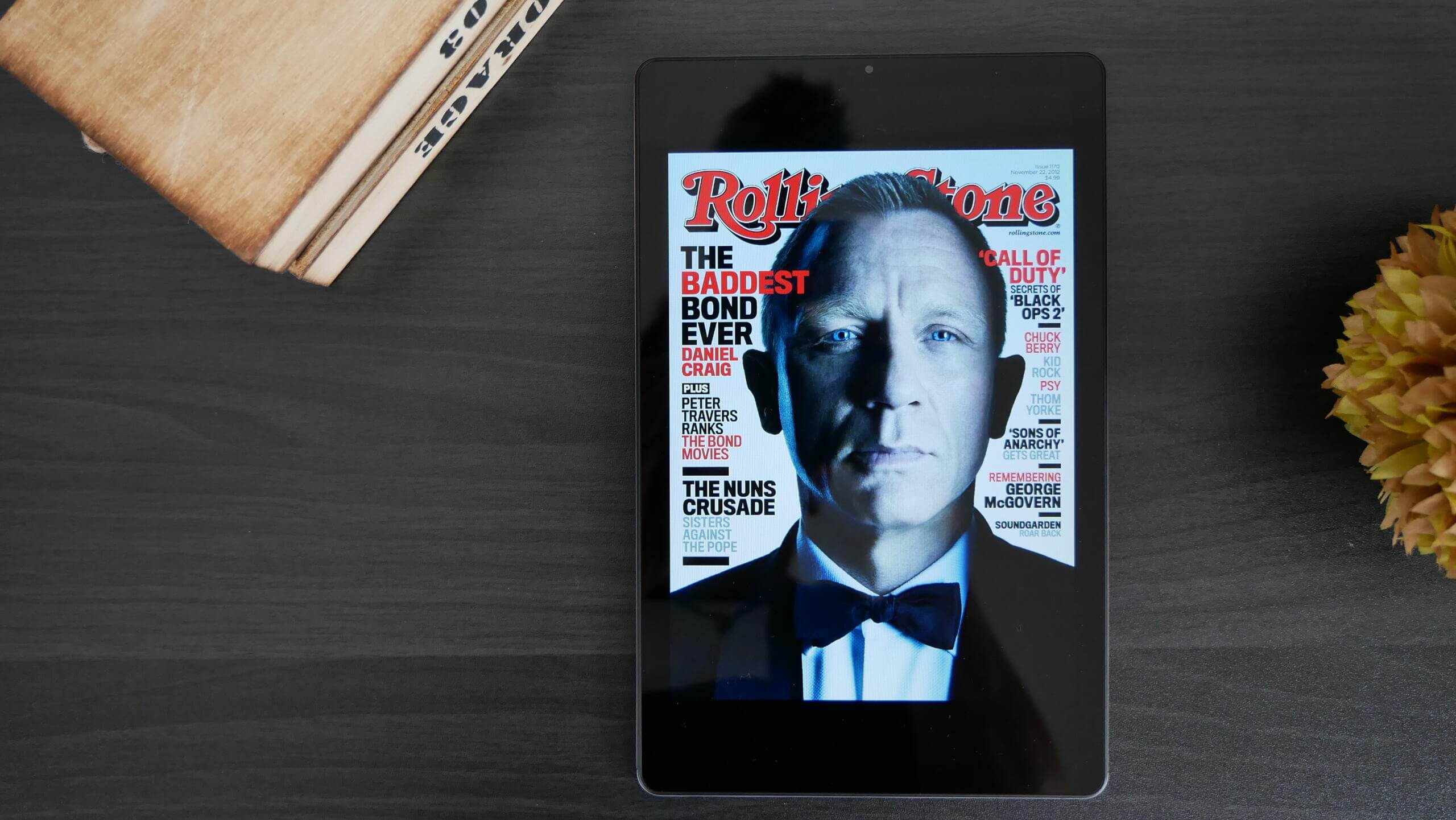Reading has been a large part of society for centuries. From carvings on clay tablets to writings on paper, people have always found a way to convey and read messages through words. Years later, digital tablets have replaced clay tablets. Evolution is funny that way.
As technology has advanced throughout the decades, we have transitioned from printed books to digital formats. E-readers have taken center stage and gained popularity among avid readers. However, not everyone can afford an e-reader besides their existing gadgets. Fortunately, smartphones can offer the same functions, providing a seamless reading experience.
Using your smartphone as an e-reader can benefit you in many ways. The perks of having a single multifunctional gadget are endless, from portability to cost-effectiveness. Let’s dive deep into why your smartphone should be your new best friend and reading companion.
The Current Reading Landscape
A survey done by the Pew Research Center shows that 33 percent of Americans read print and digital books. On the other hand, 32 percent preferred printed books only, while 9 percent preferred digital books. While a large portion of the population strongly prefers traditional printed books, over a third of Americans show interest in reading e-books.
This trend shows strong potential for increased usage and consumption of digital formats. The medium shows excellent promise since most Americans have already widened their horizons to e-readers.
Benefits of Using Smartphones as E-Readers
Almost everybody worldwide owns a smartphone, making it a staple device most use daily. As an e-reader, a smartphone has advantages that readers can maximize. Some of these benefits include:
Portability and convenience
Smartphones are incredibly convenient to have. Unlike traditional books, they’re small enough to carry everywhere. And since all your books can already be saved on your smartphone, you won’t have to bring any additional gadgets. By having your smartphone as your primary e-reader, you can save space in your bag.
Smartphones are also excellent for accessibility. It’s easy for users to access their books through apps or buy them from online stores. You can also sync your files across all devices, allowing you to pick up where you left off. Most smartphone reading apps have built-in bookmarks and notation features, so you won’t find anything lacking.
Cost-effectiveness
Physical books are great collectibles for those who want to invest in them. They also create a unique reading experience. However, they tend to be pricier than e-books. Fortunately, most authors have their books published in ePub or PDF formats. This makes their written work more accessible to readers on a budget but still want to read and support their favorite authors.
Most classic and public domain books are available online for free or cheap. This accessibility is excellent news for fans of classic literature or early works. By maximizing the free or discounted content, they can save money or use it to purchase more online copies of books.
Using your smartphone as your primary e-reader also allows you to gain access to vast online libraries. These are all accessible through subscription services like Kindle Unlimited, Scribd, or other local library apps.
Accessibility features
One of the best features of smartphones is how customizable they are as e-readers. With the advancements in mobile screen technology, users can read their books comfortably on their primary devices. Readers can adjust the text size, font style, and background color according to their preferences. Night mode and blue light filters can also create a more comfortable reading experience.
Brands with high-quality OLED screen displays are perfect for reading because of their deeper blacks, higher contrast, and broader brightness adjustability. You can research Samsung phones and prices to see which would suit your needs and budget.
Audiobooks are a great innovation in the reading experience. You can immerse yourself in the world of your chosen book hands-free. Smartphones’ text-to-speech functionality is also helpful to people with visual impairments.
Multifunctionality
Reading apps have various functions. You can seamlessly switch between reading and performing other tasks, such as surfing the web or checking emails. Using built-in tools, you can take notes and highlight, enhancing your research or study experience. Some eBooks have multimedia elements, including hyperlinks and videos, allowing you to immerse fully.
Environmental impact
The impact of digital reading and e-readers on the environment cannot be overstated. With the decreased demand for paper and printing, there’s a reduced need for deforestation. This eventually helps contribute to environmental conservation. Having a digital library over a physical book collection can also reduce clutter and waste at home.
Health and ergonomics
Streamlining your reading and tech usage into one device can be beneficial for your daily activities and also be great for your health. Carrying books around with you can take a toll on your back. Since a smartphone is relatively light and compact, you can have all the books and files you need without all the weight.
Accessories designed for e-readers and smartphones can also improve your reading experience by helping you adjust to better positions. And if you need a break but lose track of time, installed apps on your smartphone can remind you that it’s time to rest your eyes to prevent straining and fatigue.
Enjoy the Wonders of Smartphones and E-Reading
Technological advancements have paved the way for a more convenient and fun reading experience. Not only can you carry all of your beloved stories in your pocket, but you can also save money in the long run. Embrace smartphones as your primary e-reader and see how a simple gadget can seamlessly integrate into your life. Have fun reading!
Markus lives in San Francisco, California and is the video game and audio expert on Good e-Reader! He has a huge interest in new e-readers and tablets, and gaming.

